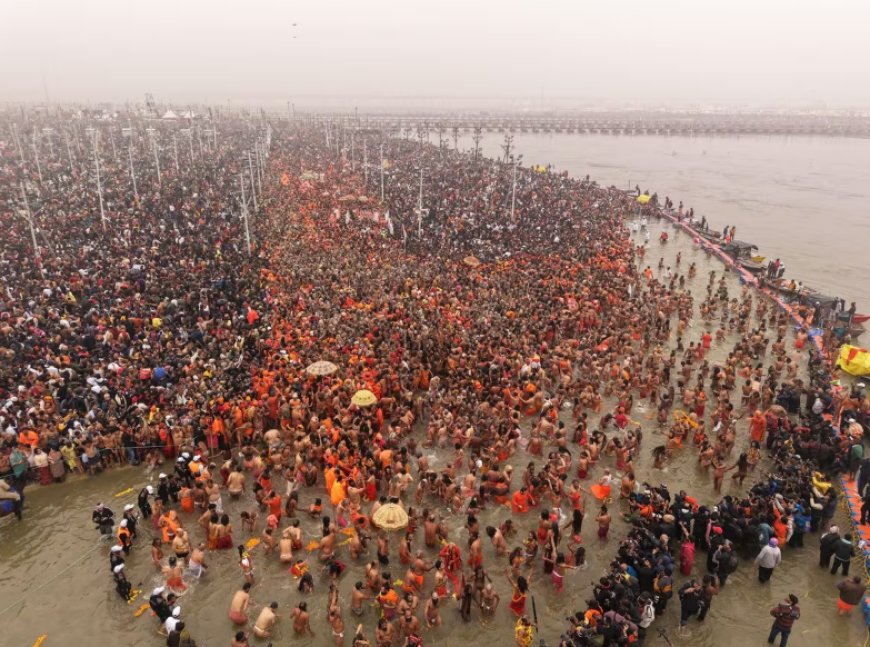The Role of Naga Sadhus and Their Spiritual Influence at the Maha Kumbh Mela
Explore the significance of Naga Sadhus at the Maha Kumbh Mela. Discover their ascetic lifestyle, their leadership in sacred rituals, and their deep spiritual influence at the world’s largest religious gathering

This topic would explore the presence of the Naga Sadhus—ascetic Hindu monks—who play a significant role during the Kumbh Mela. The Naga Sadhus are known for their distinctive appearance, often naked, covered in ash, and wielding weapons as symbols of renunciation. They are revered for their deep spirituality and their unique place in Hindu tradition.
Key points to cover could include:
- Historical and Spiritual Background of Naga Sadhus: Exploring their ascetic lifestyle, how they renounce worldly possessions, and their intense spiritual practices.
- Role During the Kumbh Mela: How the Naga Sadhus are central to the bathing rituals, their involvement in the sacred processions, and the significance of their first dip (shahi snan) during the Mela.
- Rituals and Practices: The special rituals and rites that the Naga Sadhus follow, including their communal living during the Mela and the importance of their participation in the spiritual atmosphere of the festival.
- Symbolism and Cultural Impact: The powerful symbolism of their presence at the Kumbh Mela and their influence on the spiritual community and the millions of pilgrims attending the event.



 Utej
Utej 





